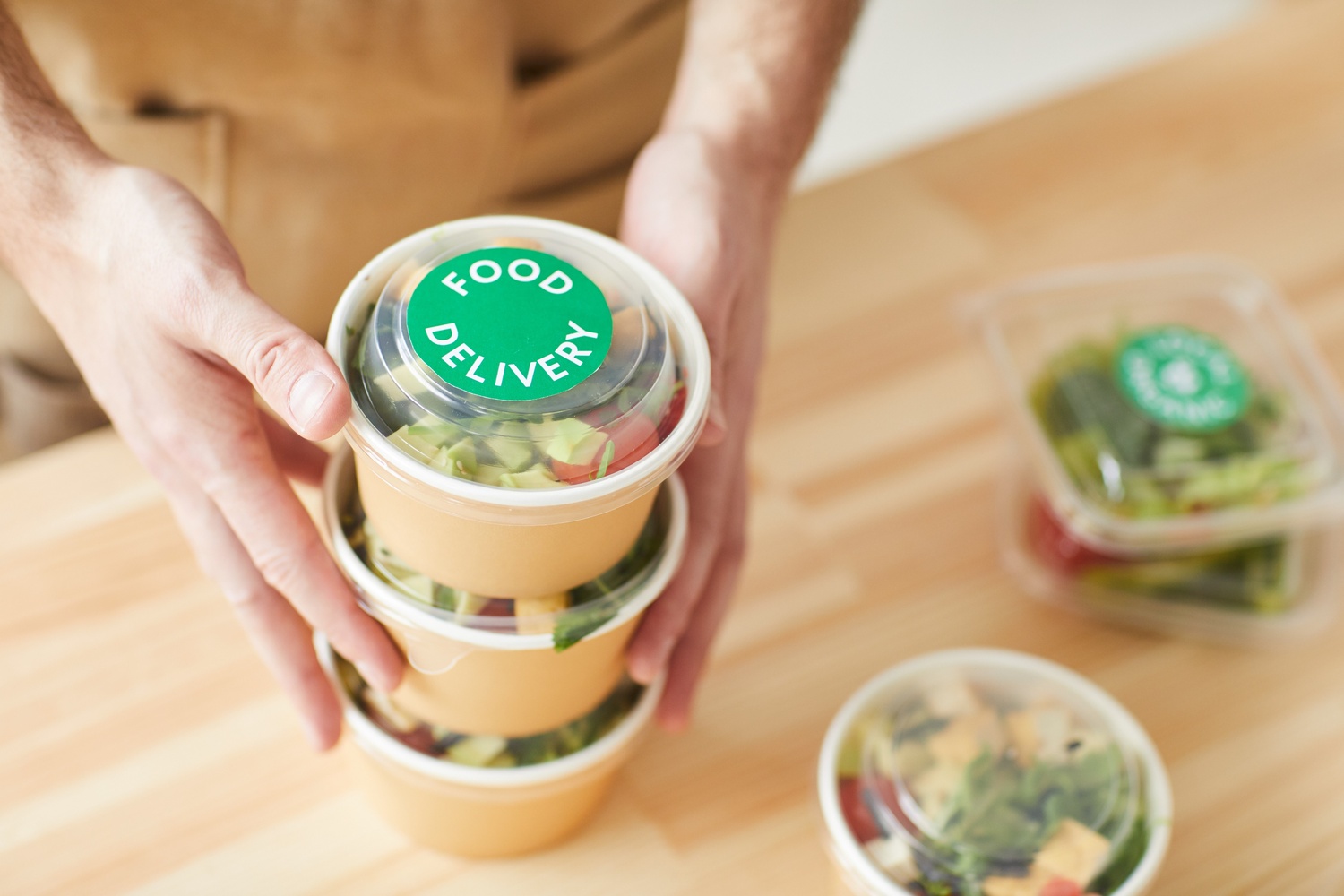
Latest Innovations in Flexible Food Packaging
The food packaging industry is undergoing rapid changes as it adapts to modern consumer demands and environmental challenges. Flexible food packaging has emerged as a key solution, offering both versatility and efficiency. These innovations focus on preserving the quality of food and on reducing waste and resource use. With the rise of new materials and technologies, manufacturers are now able to enhance product performance while supporting sustainability efforts, positioning flexible packaging as a leading approach in today’s food supply chain.
Advanced Barrier Technologies
A key innovation in food packaging has been the reduction of barrier layers without compromising protection. Flexible food packaging has increasingly shifted from complex multilayer structures to simpler designs that use fewer materials. These advancements are driven by new polymer technologies that enhance moisture and gas barriers, improving food preservation.
By reducing the number of layers, manufacturers lower material costs and create more environmentally friendly options. This approach also supports recyclability, offering a balance between durability and sustainability in packaging.
Eco-Friendly Materials
As environmental concerns grow, the use of eco-friendly materials in food packaging is becoming essential. Biodegradable and compostable materials are gaining traction, offering viable alternatives to traditional plastics. For example, plant-based polymers derived from corn starch or sugarcane can break down naturally, reducing landfill waste.
Some packaging solutions also incorporate recycled content, further cutting down the reliance on virgin materials. Additionally, new innovations in bio-based coatings allow for effective moisture and oxygen barriers, ensuring food safety while maintaining environmental sustainability. These solutions offer a greener, more responsible approach to packaging design.
Smart Packaging Innovations
Smart packaging is transforming the way food safety and freshness are managed. One major advancement is the use of sensors embedded in packaging to detect temperature changes or gas emissions, which indicate spoilage. For example, freshness indicators can change color based on food quality, allowing consumers to easily assess the state of their products.
QR codes and RFID tags are also being integrated to provide real-time data on product tracking and shelf life. These innovations not only enhance transparency but also help reduce food waste by ensuring optimal storage conditions.
Customization and Branding
Customization plays a critical role in modern food packaging, offering brands the ability to tailor designs to their unique identity. Advanced printing technologies enable high-quality graphics and text directly on the packaging, allowing for more dynamic and eye-catching designs. For instance, digital printing allows for quicker design changes and smaller production runs, perfect for limited-edition or seasonal packaging.
In addition to visual appeal, packaging can be personalized to offer functional benefits. Brands can now incorporate features such as resealable closures or portion-controlled packaging, enhancing user experience and product convenience. With the ability to rapidly adapt packaging for specific markets or campaigns, businesses can remain agile and relevant.
Cost Efficiency and Performance Improvements
Innovations in food packaging are not only advancing sustainability but also driving significant cost efficiency and performance improvements. New manufacturing techniques allow for thinner, lighter packaging materials that still maintain high durability. For example, the use of high-performance films reduces material consumption without sacrificing strength, lowering both production and transportation costs.
Energy-efficient production processes are another key area of improvement. Many manufacturers now employ techniques like extrusion lamination, which uses less energy and generates fewer emissions. These methods enable companies to reduce their carbon footprint while cutting operational expenses.
In addition, advancements in sealing technology have improved the strength of package seals, reducing the likelihood of leaks or contamination. This means fewer product returns or losses due to damaged packaging, improving overall efficiency. Reduced material usage, faster production times, and enhanced durability not only improve cost-effectiveness but also contribute to a more reliable and sustainable packaging solution.
Regulatory and Market Trends
The evolving landscape of regulations and market demands is significantly influencing food packaging. Governments worldwide are tightening regulations to promote sustainability, including bans on single-use plastics and mandates for recyclable or biodegradable materials. For example, the European Union’s Circular Economy Action Plan requires manufacturers to use packaging that is recyclable or reusable by 2030, driving innovation in material sourcing and design.
In response, companies are increasingly adopting environmentally friendly solutions to align with both regulations and consumer preferences. The demand for transparency in packaging is also growing. Many consumers expect to know the environmental impact of the products they purchase, pushing companies to adopt labeling practices that highlight recyclability and sustainable sourcing.
Moreover, market trends are favoring companies that can quickly adapt to these regulatory changes. Businesses that invest in research and development for sustainable materials and waste-reducing technologies are positioning themselves as leaders in the competitive packaging industry. This shift not only complies with regulations but also caters to the growing consumer preference for eco-conscious brands, creating new opportunities in the marketplace.
Conclusion
As brands embrace new materials, smart features, and efficient processes, packaging is becoming more than just a container—it’s an opportunity to improve product performance and reduce environmental impact. Companies that focus on adaptability, while complying with evolving regulations and consumer expectations, are better positioned to lead in this space. By continuously pushing the boundaries of what packaging can do, the future of food packaging looks promising and more efficient.








